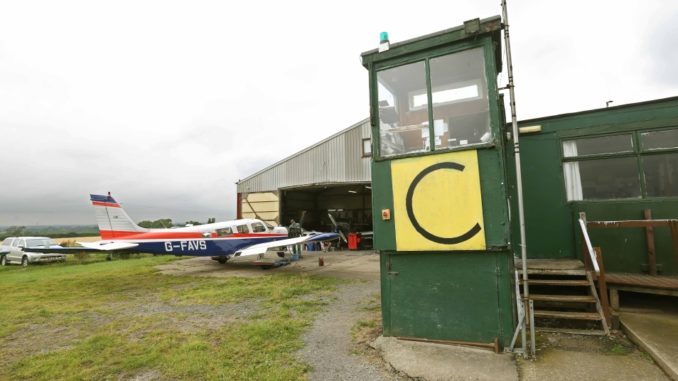
A long-running struggle over the use of a former farm as an airfield is set to be rekindled over unauthorised changes to developments at the site.
Three retrospective applications relating to runway improvements, an aircraft fuel facility and changes around a hangar at Bagby Airfield, near Thirsk, will be considered by Hambleton District Council’s planning committee on Thursday.
Following years of bitter disputes between some Bagby and Thirkleby villagers and the airfield’s owner over noise and planned improvements to the facilities, planning permission was granted in 2019 for a range of developments at the 15.6-hectare site.
Last year, in a letter to the district council about the proposals, Bagby and Balk Parish Council claimed its views over the airfield were not even considered in the planning process by Hambleton and the council’s planning department was failing to police developments at the site.
A planning officer’s report to the meeting states a condition of the consent for fuel pumps and bunds to the north of the runway, requiring all oils at the airfield to be stored in bunds, had not been met.
It states while the 20,000-litre fuel bund being proposed by the airfield’s owner, Martin Scott, would match others on the site, the lack of information provided by Mr Scott about the need for a further fuel pump prevented assessment of whether it would support the local economy and help sustain rural communities.
The report recommends the fuel facility plan is rejected along with a retrospective application to change materials used on the runway from a geo-textile surface to concrete and create a turning circle to ensure safe landings and take-offs at the airfield throughout the year.
In a statement to the committee Mr Scott said the extra concrete runway surface was needed as smaller aircraft do not have anti-lock systems, so skidding destroys tyres and tends to force pilots to release brakes and run off the end of the runway.
However, planning officers said Mr Scott had again provided “a lack of significant detail in regard to the viability of the airfield” or reasoning why the alterations to increase extent of concrete on the runway were required”.
Nevertheless, Mr Scott has stated the availability of hangars is a priority for the airfield, particularly as “a smaller number of higher value customers drive economic output by requiring high quality hangars”.
Planning officers have recommended to councillors they approve the hangar application, which includes extra concrete hardstanding and a raised walkway.
The report concludes the retention of the walkway and hardstanding would be “modest in scale in the context of the overall planning permission” on the site given three years ago, adding the proposals would support employment.


Be the first to comment